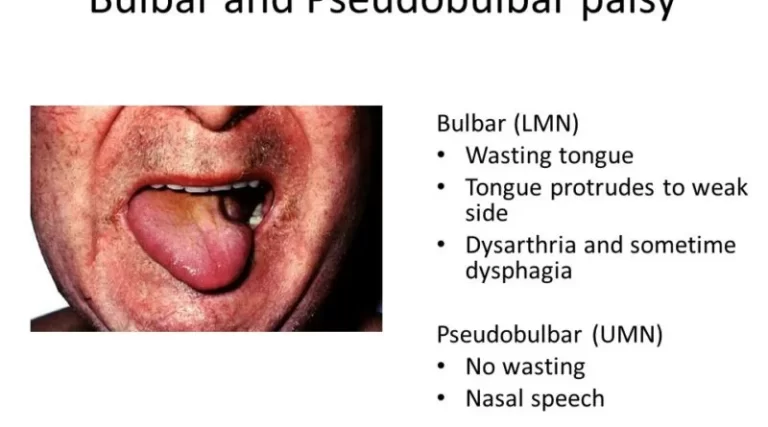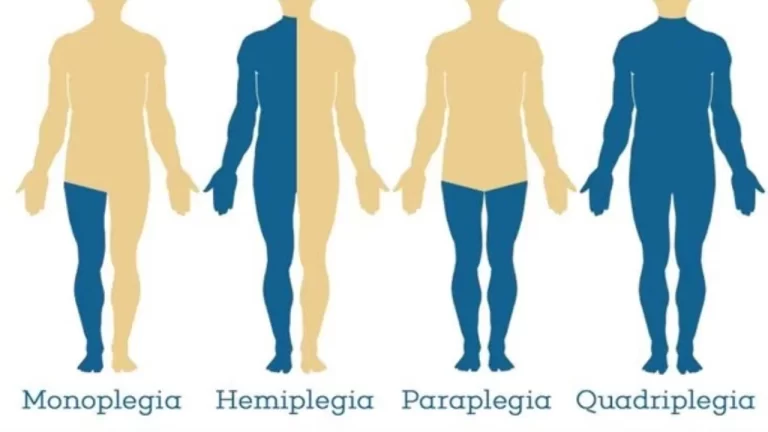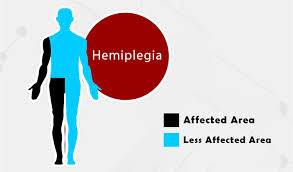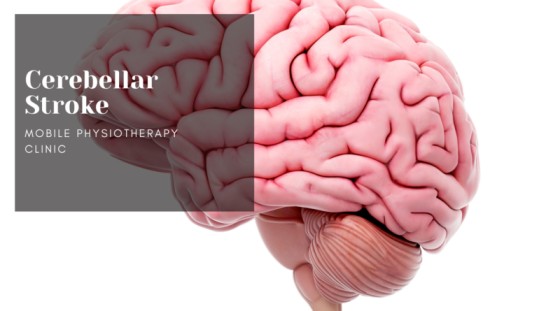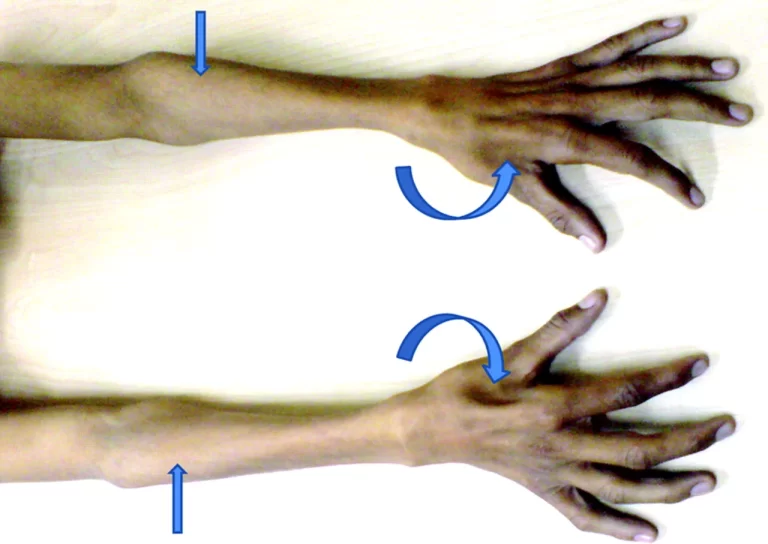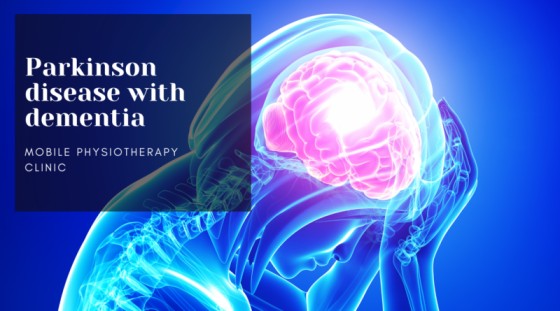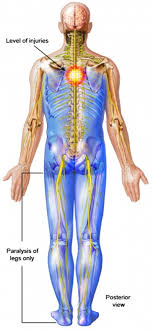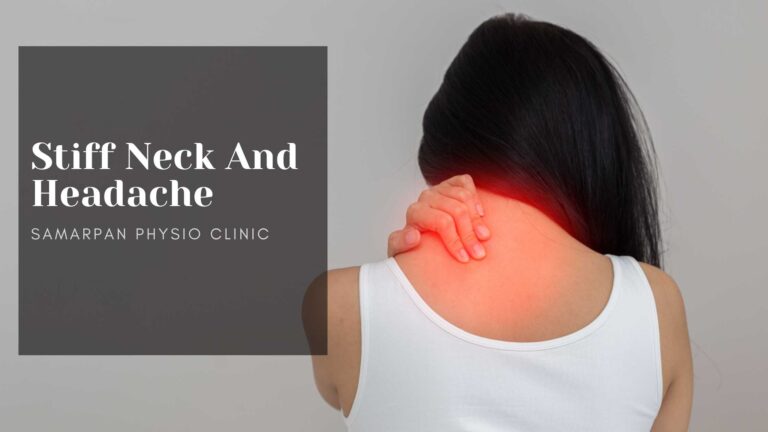Pseudobulbar Palsy : Cause, Symptoms, Physiotherapy Treatment
What is Pseudobulbar Palsy? Pseudobulbar palsy is a form of upper motor neuron disease in which bulbar innervated muscles are affected. This palsy is caused by bilateral supranuclear lesions involving the corticobulbar pathways. Most common types of bulbar palsy are progressive bulbar palsy (PBP) and pseudobulbar palsy. Most common symptoms are dysphagia, nasal regurgitation, choking,…

